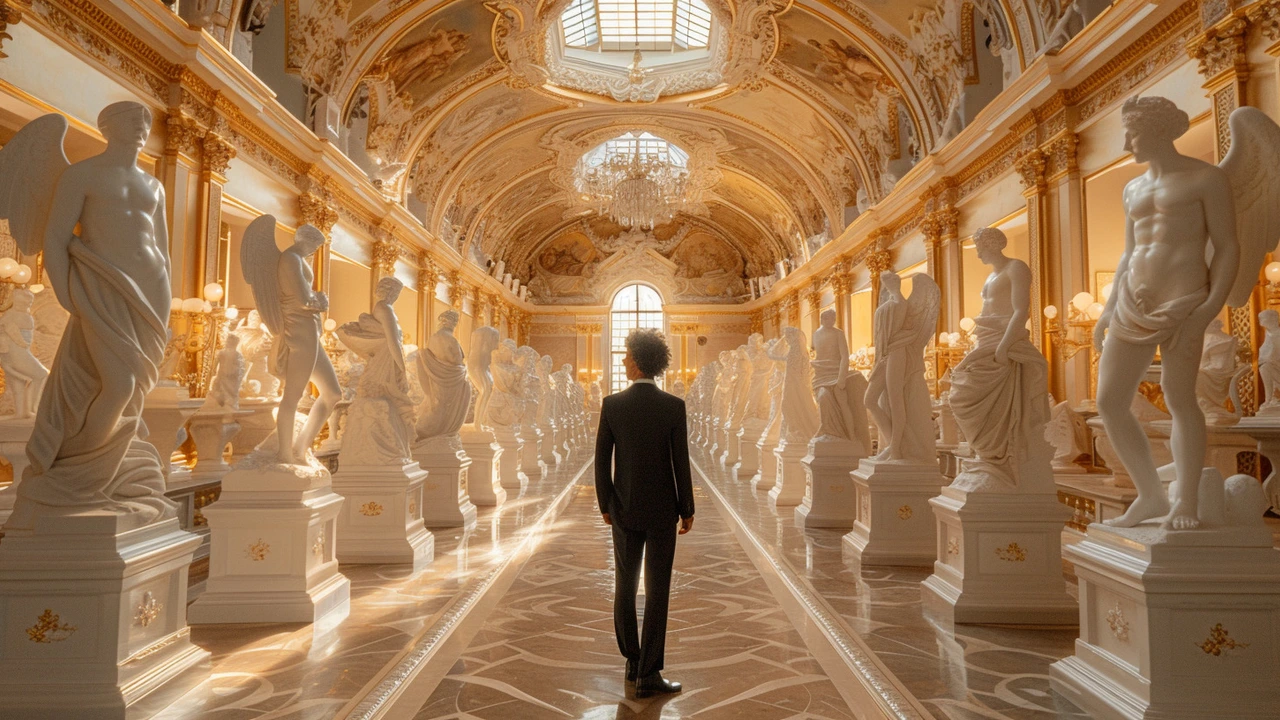Timeless Design: Practical Rules from Bauhaus, Baroque & Beyond
Timeless design isn't about copying an old look—it's about ideas that keep working. You see it in Bauhaus furniture, Baroque drama, or clean De Stijl layouts. Those styles survive because they solve real problems: clear function, strong form, and smart balance.
Why do some movements stick around? Rules matter. Bauhaus taught that form should follow function, so products are useful and simple. Baroque used contrast and emotion to make things memorable. De Stijl and Constructivism gave us grids and bold geometry that still guide web and graphic design. When a style answers a practical need, it keeps coming back. That’s the core of timeless design.
Key principles you can use today
Start with function: choose pieces that do the job well. Pick a sofa that supports your back, not one that looks trendy and breaks after a year. Use proportion: scale art and furniture to the room. A tiny painting on a big wall feels lost; a large piece can anchor the space. Embrace contrast—mix textures or a classical piece with a modern lamp to create energy without chaos.
Limit trends: trends can be fun, but keep them in small accents—pillows, plants, or a poster. Rely on durable basics for the long run: neutral walls, quality flooring, and a few statement items inspired by Bauhaus or Baroque. Think about light. Natural light and well-placed lamps change how design reads more than color choices alone. Good lighting makes simple pieces look thoughtful.
Real examples and simple moves
Want a quick reading list from Paul Artistry? Check our Bauhaus pieces to see simple, useful design in action. The Baroque Revival and Baroque Era posts show how drama can be updated without looking dated. If you like bold geometry, De Stijl’s impact on graphic design offers clear, usable lessons. For creative interiors, the Avant-Garde Home Décor article shares ways to add art-forward surprises that still feel balanced.
Apply this in small steps. Swap a dated light fixture for a clean, functional one. Rehang art at eye level and group pieces with a common theme. When choosing new items, ask three questions: Does it work? Will it age well? Does it play nicely with what I already own? If the answer is yes, you’re leaning toward timeless design.
Art choices matter. Choose artworks that speak to you but also fit the room’s scale and color. Photorealism and installation pieces can add modern punch, while older styles like Gothic or Cubism bring history and texture. If you’re unsure, start with one statement artwork—maybe a large photorealist print or a bold De Stijl poster—and keep other elements quiet. Rotate smaller pieces seasonally. Over time you’ll build a collection that feels personal and cohesive, not trendy.
Design history is full of practical solutions—Bauhaus taught efficiency, Baroque taught emotion, and movements like Fluxus and Constructivism taught experimentation. Use their best ideas, not their whole wardrobes. Mix function, proportion, and a few bold choices, and you’ll have a space that feels current for years, not months. Read the related articles on Paul Artistry to learn more and grab practical ideas.

